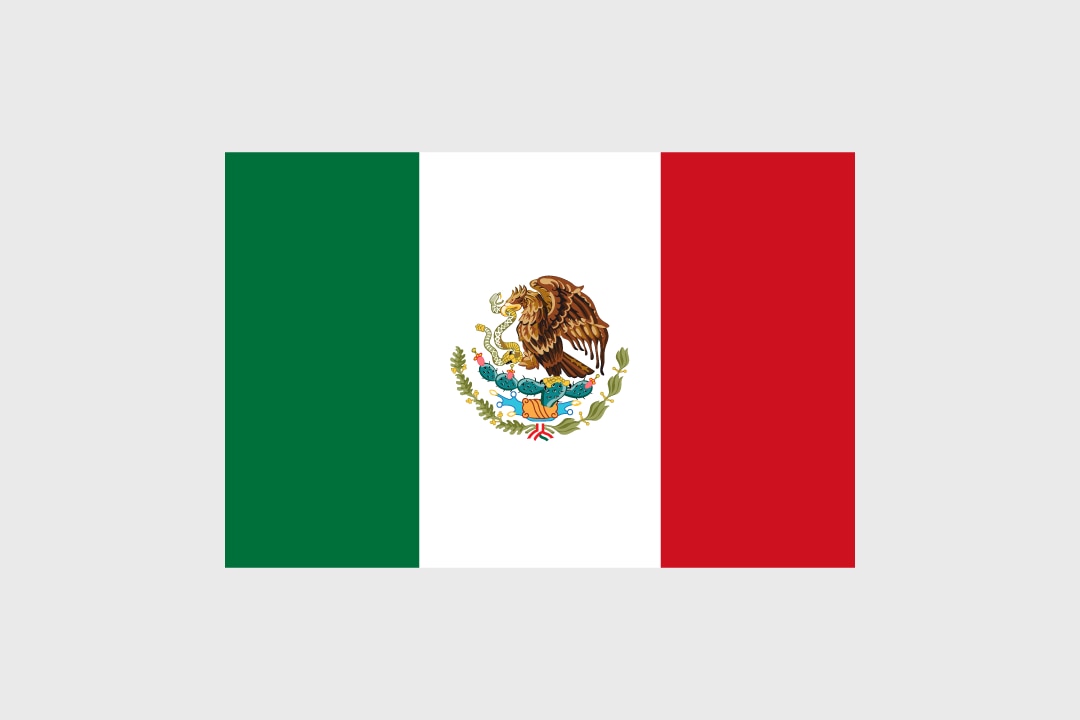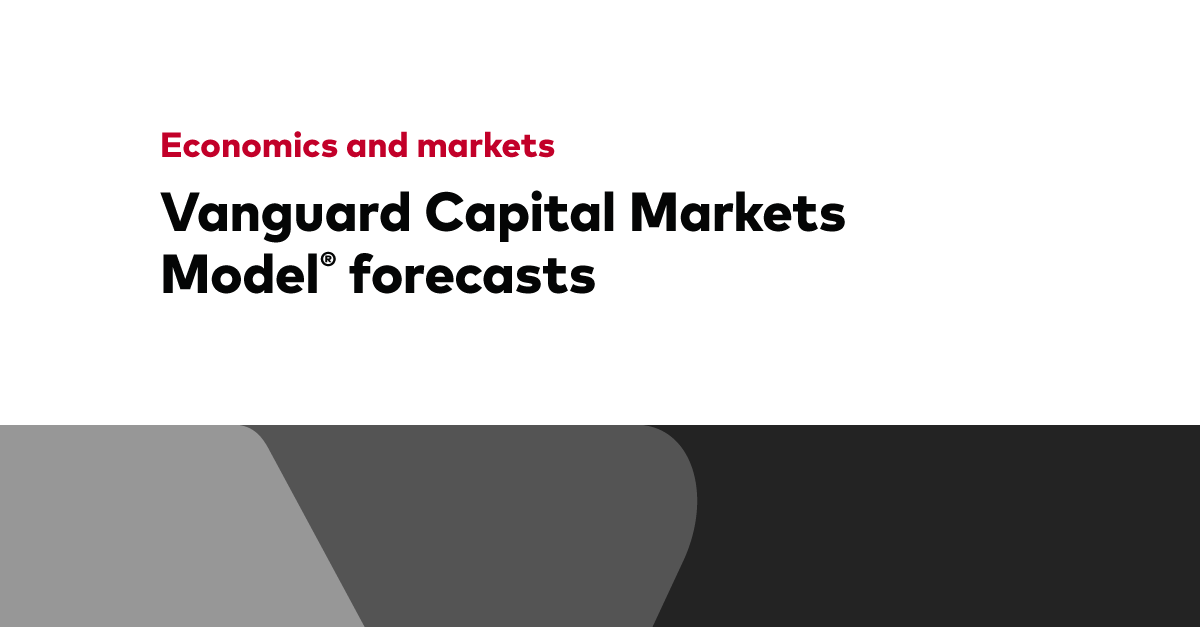Economics and markets
Tariff strife on hold as other risks simmer
May 21, 2025
Portfolios for the risk we may not be imagining
Commentary by Kevin Khang, Senior International Economist
Investors have faced a wild ride in 2025—and the excitement, for better or worse, may not be over. Equity and fixed income markets took less than a month to recover after U.S. tariff announcements in early April sent them reeling, giving investors a valuable opportunity to reexamine their relationship with risk.
A healthy relationship with risk starts with understanding that downturns aren’t always as shallow and recoveries not always as swift as we’ve seen over the last 15 years or so. Three essential principles for dealing with risk can improve outcomes even if the ride gets wilder.
Principle 1: Be humble in the face of unknowable risk
The late financial historian Peter Bernstein once observed that certain risks are inherently unknowable ahead of time. These risks tend to be the most disruptive, having the potential to befall investors without warning. For example, a key factor in the 2008 global financial crisis that became clear only with the benefit of hindsight was the amount of systemic risk that had built up via credit derivatives. The degree to which risk-taking on credit—mortgage and corporate—was concentrated within the system was not well understood until the crisis deepened. This uncertainty drove the panic that set in at the height of the crisis.
“Equity market drawdowns can run longer and deeper than we’ve become accustomed to. It’s that potentially changing landscape that investors may want to prepare for.”
Vanguard Senior International Economist
In a similar vein, what alarmed the market about the recent tariff announcements was not that new tariff policies were being pursued. Rather, it was the magnitude and scope of these policies, and the pace at which they unfolded, that had been largely unknowable and exacerbated the volatility.
Truly disruptive risk is often unknowable ahead of time. Humility regarding this truth can help investors maintain a healthy perception of risk. Accepting that unknowable risks periodically roil markets can foster a flexible and measured response when tail risks—or extreme market developments—emerge, mitigating the impact of unforeseen events and preventing panic-driven decisions.
Principle 2: Have a robust asset allocation
Because the future is uncertain, and some risks are unknowable, it makes sense to find a robust solution—one that provides results that are good enough across a range of circumstances, rather than optimal under some scenarios but highly undesirable under others. More than being balanced by some combination of stocks, bonds, and cash and diversified within each asset class, a robust portfolio is one the investor can maintain, especially in extreme market conditions.1
Rigorous capital market return projections that consider the extremes are also critical to robustness. That’s because poor long-term results are a greater risk than short-term volatility for long-term investors. In practice, a robust approach to portfolio construction considers a diverse range of return environments over the investor’s investment horizon and achieves an allocation that would be suitable across these environments.
A new book by Joe Davis, Vanguard global chief economist, provides an example of such an approach for investors with seven- to 10-year horizons. Placing the odds of the economic environment fundamentally changing over the next decade at above 80%, this approach weighs two starkly different return environments. The resulting portfolio is robust for both: 1) an optimistic environment in which AI-driven productivity drives high economic growth and market valuations; and 2) a pessimistic environment where increasing structural deficits put upward pressure on inflation and yields, while pulling down equity valuations.
Principle 3: Be optimistic but prepared for downturns
Balanced investors must thoughtfully manage downside risk. Sticking with an allocation during significant drawdowns requires realistic expectations about one’s tolerance for pain. In today's market, this means having realistic expectations about potential drawdowns and not relying on overly optimistic return expectations based on recent performance.
Mild stock-price corrections of recent years could give way to deeper, longer-lasting declines
Notes: Each dot represents the average duration and magnitude of all drawdowns greater than 10% observed during the respective period. Periods are decades, with two exceptions: The 1920s start on December 31, 1927, and 2010–2024 captures the 15-year period starting on January 4, 2010, and ending on December 31, 2024. Durations reflect the number of trading days from market peaks through troughs; in calendar terms, they would be longer. Percentages reflect price-only declines in the level of the Standard & Poor’s 500 Index (or the S&P 90 Index prior to April 1957); they ignore dividend payments. Dots for the 1930s and 1940s are not shown because the recovery from the last drawdown of the 1920s took over two decades to reach the level of the prior peak, which was established on the eve of the stock market crash of 1929.
Sources: Vanguard calculations, based on index returns from Bloomberg.
Past performance is not a guarantee of future results. The performance of an index is not an exact representation of any particular investment, as you cannot invest directly in an index.
As the figure shows, the last 15 years have been favorable for U.S. equities, with shallow and short-lived drawdowns. Some investors may be tempted to look back over this period—which they consider to be “long”—and surmise that such relative market tranquility is here to stay. The quick snapback from the sharp declines after the broad U.S. tariff announcements on April 2 may only reinforce such a stance. But as we can see from previous decades, equity market drawdowns can run longer and deeper than we’ve become accustomed to recently. Looking forward, it’s that potentially changing landscape that investors may want to prepare for.
Feeling our way toward sources of future risk—and potentially recalibrating expectations
The confluence of forces that led to subdued downsides in the last 15 years may be evolving, creating a more challenging risk backdrop:
- A renewed focus on fiscal responsibility may imply a reduced scope for fiscal stimulus in future economic downturns.
- Adverse supply-side developments and the potential for stagflation might limit efforts by central banks to mitigate market volatility.
- The prospect of a rearranged global trading ecosystem has a wide range of significant long-term implications that could create sources of disruption—many of which are unknowable.
For some investors, prudent risk management might mean recalibrating expectations to include deeper and longer-lasting drawdowns that are more in line with previous historical periods. Even if this recalibration doesn’t change one’s asset allocation dramatically, it may increase the odds of the investor maintaining their allocation during downturns.
1 Some investors may wonder what’s wrong with adjusting their allocations on the fly, based on changed perceptions of risk. In some cases, the answer may be “nothing.” But such cases are likely limited to instances where market volatility has convinced the investor or their advisor that they previously over- or underestimated their risk tolerance—and that a new target mix of assets would be better for the long haul. Otherwise, Vanguard research suggests that an annual rebalancing strategy is optimal for investors who do not harvest losses for tax purposes or seek to track a benchmark. For more information, see Yu Zhang et al., Rational Rebalancing: An Analytical Approach to Multiasset Portfolio Rebalancing Decisions and Insights, Vanguard, 2022; available at corporate.vanguard.com/content/dam/corp/research/pdf/rational_rebalancing_analytical_approach_to_multiasset_portfolio_rebalancing.pdf.
A volatility whiplash cedes attention to deficits and Treasuries
In an unlikely sequence of events, markets have just navigated a dramatic round-trip: a sharp spike in volatility and a market sell-off, followed by an equally swift return to relative calm.
Tariff announcements create a risk-off environment
The CBOE Volatility Index (VIX) surged in early April on the back of a largely unanticipated downside risk—the broad U.S. tariff announcements of April 2. Markets reacted to three key concerns: the prospect of stagflation (potential for recession and inflation), the threat of major global trade disruptions, and a perceived willingness among policymakers to tolerate short-term economic and market pain.
Over the next week, as the VIX shot up from 22 (somewhat elevated) to 52 (extremely elevated) and the Standard & Poor’s 500 Index shed about 12%, risk-off dynamics were on full display. Equities fell sharply, with highly valued “Magnificent 7” stocks (and others in information technology (IT) and communication services) and cyclical sectors (consumer discretionary and industrials) leading the decline, while defensive sectors such as consumer staples, utilities, and health care held up relatively better.
Mirror images: Stock prices and near-term expected market volatility
The levels of the S&P 500 Index and the CBOE Volatility Index (VIX)

Notes: The chart reflects daily market data from December 31, 2024, through April 30, 2025. The CBOE Volatility Index or VIX (see the right-hand side of the chart) is a proxy for the expected magnitude of U.S. stock market price changes over the next 30 days. It is based on the prices of derivative contracts tied to expected increases and decreases in the S&P 500 Index (see the left-hand side of the chart).
Source: Bloomberg.
Past performance is no guarantee of future returns. The performance of an index is not an exact representation of any particular investment, as you cannot invest directly in an index.
Similar dynamics occurred in the corporate bond market. While aggregate credit spreads widened by 26 basis points (from 93 to 119, which was a measured response, all things considered), a flight-to-quality impulse was in the air.1 Spread widening was more acute for cyclical issuers and lower-quality bonds, with high-yield spreads widening by over 100 basis points. Within high yield, CCC-rated bonds underperformed B-rated bonds (which, in turn, underperformed BB-rated bonds.)
A road to recovery
However, starting April 9, sentiment began to shift dramatically following the announcement that the U.S. would pause the bulk of its tariffs for 90 days. With the immediate downside risk receding, markets staged a robust recovery. Over the following month, this recovery was bolstered by two additional developments. S&P 500 firms, led by those in IT and communication services, reported 12% growth in earnings, beating the market’s (subdued) expectation of 6%, helping to restore confidence. Also, a notable tariff de-escalation between the U.S. and China was announced on May 12. Equities rebounded, led once again by high-beta and growth stocks, and credit spreads tightened back to the historically low levels observed in late March.
What hasn’t changed—and what has
So where does that leave us? Two things stand out.
First, markets’ pricing of risk assets has not changed much. We have two sides of the same coin showing up in the equity and corporate bond markets. The equity market is supporting a historically high price-to-earnings multiple (21 times expected earnings for the next 12 months) on the strength of large U.S. firms’ consistent earnings growth and ability to expand margins. In the corporate bond market, all-in yield is attractive to many investors given the high risk-free rate. And historically low credit spreads are supported by healthy corporate fundamentals. When it comes to pricing risk, the tension between strong corporate fundamentals and historically rich valuations continues.
Second, two markets have not returned to their pre-April state: the yield curve for U.S. Treasuries is higher and steeper than it was, while the U.S. dollar remains weaker (down by about 4%). And this is likely for legitimate reasons. With the fog around tariff policymaking slowly receding, attention is shifting toward the fiscal outlooks with questions arising over the sustainability of U.S. deficits. On May 16, Moody’s became the last of the three major rating agencies to strip the U.S. of its top credit rating. Markets took notice, sending the yield on the 30-year Treasury bond briefly above the psychologically important 5% level on May 19. Increased scrutiny of fiscal sustainability, along with tariffs’ impact on the economy thus far and where it settles, will likely remain a market focus in the months ahead.
– Kevin Khang, Vanguard Senior International Economist
1 A basis point is one-hundredth of a percentage point.
Tariff reprieves, trade deals brighten the economic horizon
Global trade developments have made us more optimistic for modest economic growth in 2025. But policy uncertainty remains high.
Notes:
All investing is subject to risk, including the possible loss of the money you invest. Be aware that fluctuations in the financial markets and other factors may cause declines in the value of your account. There is no guarantee that any particular asset allocation or mix of funds will meet your investment objectives or provide you with a given level of income. Diversification does not ensure a profit or protect against a loss.
Bond funds are subject to the risk that an issuer will fail to make payments on time, and that bond prices will decline because of rising interest rates or negative perceptions of an issuer’s ability to make payments.
Investments in bonds are subject to interest rate, credit, and inflation risk.








